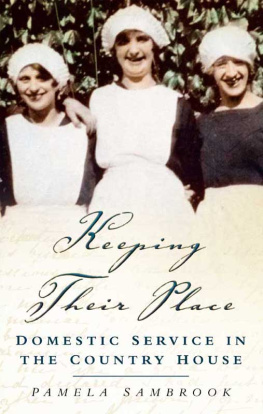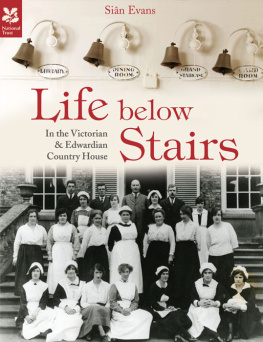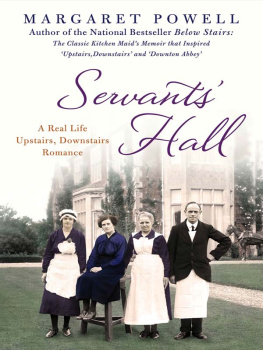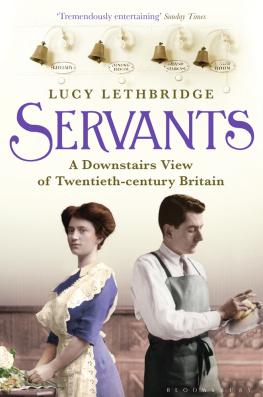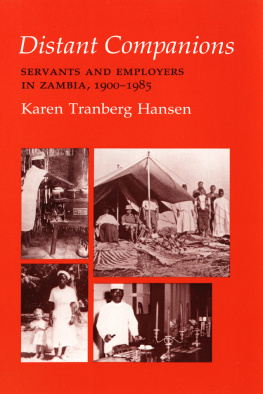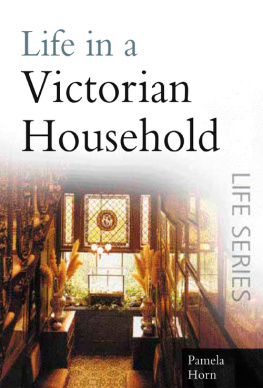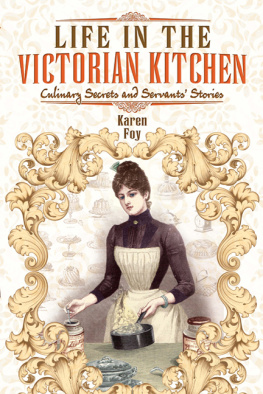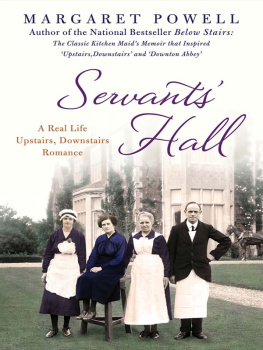

First published in 2005 by Sutton Publishing
Reprinted in 2009 by
The History Press
The Mill, Brimscombe Port
Stroud, Gloucestershire, GL 5 2 QG
www.thehistorypress.co.uk
This ebook edition first published in 2013
All rights reserved
Pamela Sambrook, 2005, 2009, 2013
The right of Pamela Sambrook to be identified as the Author of this work has been asserted in accordance with the Copyrights, Designs and Patents Act 1988.
This ebook is copyright material and must not be copied, reproduced, transferred, distributed, leased, licensed or publicly performed or used in any way except as specifically permitted in writing by the publishers, as allowed under the terms and conditions under which it was purchased or as strictly permitted by applicable copyright law. Any unauthorised distribution or use of this text may be a direct infringement of the authors and publishers rights, and those responsible may be liable in law accordingly.
EPUB ISBN 978 0 7524 9468 5
Original typesetting by The History Press
Contents
Acknowledgements
I am greatly indebted to the archivists and searchroom assistants of all the record offices, libraries and museums used. Their staff not only suggested sources but also helped with reproduction and permissions. Internet systems are gradually making collections more accessible, but the painstaking and time-consuming work of cataloguing still requires the human brain, and the personal touch is invaluable.
I am grateful also to the many depositors of archival collections used, to whom copyright is reserved. Specifically, archival extracts and illustrative material are reproduced by permission of the following: Bedfordshire and Luton Archive Service and their depositors; Berkshire Record Office; Birmingham Central Library; Cambridgeshire Archives, Cambridge, together with the County Record Office, Huntingdon, Cambridgeshire; Cheshire Record Office; Derbyshire Record Office and the depositors of the following archives: Harpur Crewe of Calke; FitzHerbert of Tissington; Annie Norman of Repton; Durham Record Office and Captain G.M. Salvin, the Earl of Strathmore, the Marquess of Londonderry and Miss L. Hodgkin; Enville Hall Archives and Peter Williams; Kelmarsh Hall; Arthur Inch; John Rylands Library, Manchester University; Gillian Jones; Hampshire Record Office; Leeds Central Library; Leicestershire Record Office; Manchester Central Library; Mary Evans Picture Library; National Trust, Lyme Park; National Trust Photo Library; Northamptonshire Record Office and their depositors; Nottinghamshire Archives and Derek Adlam, Curator of the Portland Collection; Staffordshire Arts and Museum Service, Shugborough; Staffordshire Record Office and Lord Stafford, Lady Bagot, Mr Richard Dyott, and the Countess of Sutherland; Surrey History Service; Warwickshire Record Office and Lord Daventry; West Sussex Record Office, Lord Egremont, and the Goodwood Estate Co. Ltd and the University of Illinois Library at Urbana-Champaign. Extracts from Backstairs Life in a Country House (David and Charles, 1982) appear by kind permission of the publishers.
All reasonable efforts have been made to trace copyright holders of material reproduced in this book. Any untraced claimant of copyright should contact the publisher or myself.
I would like to thank also the following individuals for their help: Jessica Gerard, Claire Bissell, Chris Copp and Andrew Dobraszczyc. For their sustaining interest and advice I am hugely in debt to my friends and colleagues in Staffordshire, especially Rose Wheat and, of course, the staff at Sutton Publishing, Jaqueline Mitchell, Alison Miles and Jane Entrican.
Abbreviations
Within the text, each reference to an extract is given in a short form. Full details of printed sources can be found in Sources and Select Bibliography. Abbreviations used in archive sources are listed here.
BLARS | Bedfordshire and Luton Archives and Records Service |
BRO | Berkshire Record Office |
CCRO | Cambridgeshire County Record Office, Cambridge |
CRO | Cheshire Record Office |
CRoH | Cambridgeshire County Record Office, Huntingdon |
DeRO | Derbyshire Record Office |
DRO | Durham Record Office |
EA | Enville Archives, Enville Hall, Staffordshire |
HRO | Hampshire Record Office |
JRL | John Rylands Library, University of Manchester |
KH | Kelmarsh Hall |
LCL | Leeds Central Library |
LRO | Leicestershire Record Office |
NA | Nottinghamshire Archives |
NRO | Northamptonshire Record Office |
SHC | Surrey History Centre |
SRO | Staffordshire Record Office |
WCRO | Warwickshire County Record Office |
WSRO | West Sussex Record Office |
Introduction
W hat was it like to be a domestic servant in a country house? The question is still a valid one, despite a large body of literature about domestic service. Though much has been published in recent years, the written word of the servant, rather than that of the master, is rarely seen. The aim of this book, therefore, is to give a sample, necessarily highly restricted, personal and therefore biased, of servants writing their letters, diaries and autobiography. Editorial comment has been strictly limited, aimed at making sense of a wide range of subject matter rather than providing a closely argued analytical discussion. Above all, it is intended that the writers speak for themselves.
When friends were told of this enterprise, the invariable question was: Is there enough material? The answer is a decided positive. Servants of the country house were, of course, working people of largely restricted education. Many of them began their careers with limited writing abilities, but many won promotion to higher levels of service where competence in literacy and numeracy was essential. Academic research has shown that literacy was more widespread among the working population than previously believed, but in any case the great country houses ran on paper.choose from indeed the difficulty has been in eliminating material, not finding it.
For this reason, a number of arbitrary choices have had to be made. The majority of extracts included in this collection were written or generated by servants, but not exclusively so. It would be perverse to exclude all letters written to or about servants by their masters, where these throw light upon particular circumstances. So some letters from employers have been included, especially in the chapter dealing with recruitment. Also included are individual examples of official documents such as articles of agreement, quarter-session depositions and employers or servants wills. All the diaries and autobiographies, however, were written by servants, not masters.
The decision has also been made to exclude oral history records. Collected over the last few decades, there is now in existence a large body of evidence recorded by servants, too large and disparate to include here, and certainly justifying a separate collection. This is not as distinct a category as might be thought, however; the line between oral history and assisted autobiography is sometimes hazy.
Next page
